Bike Generator Project
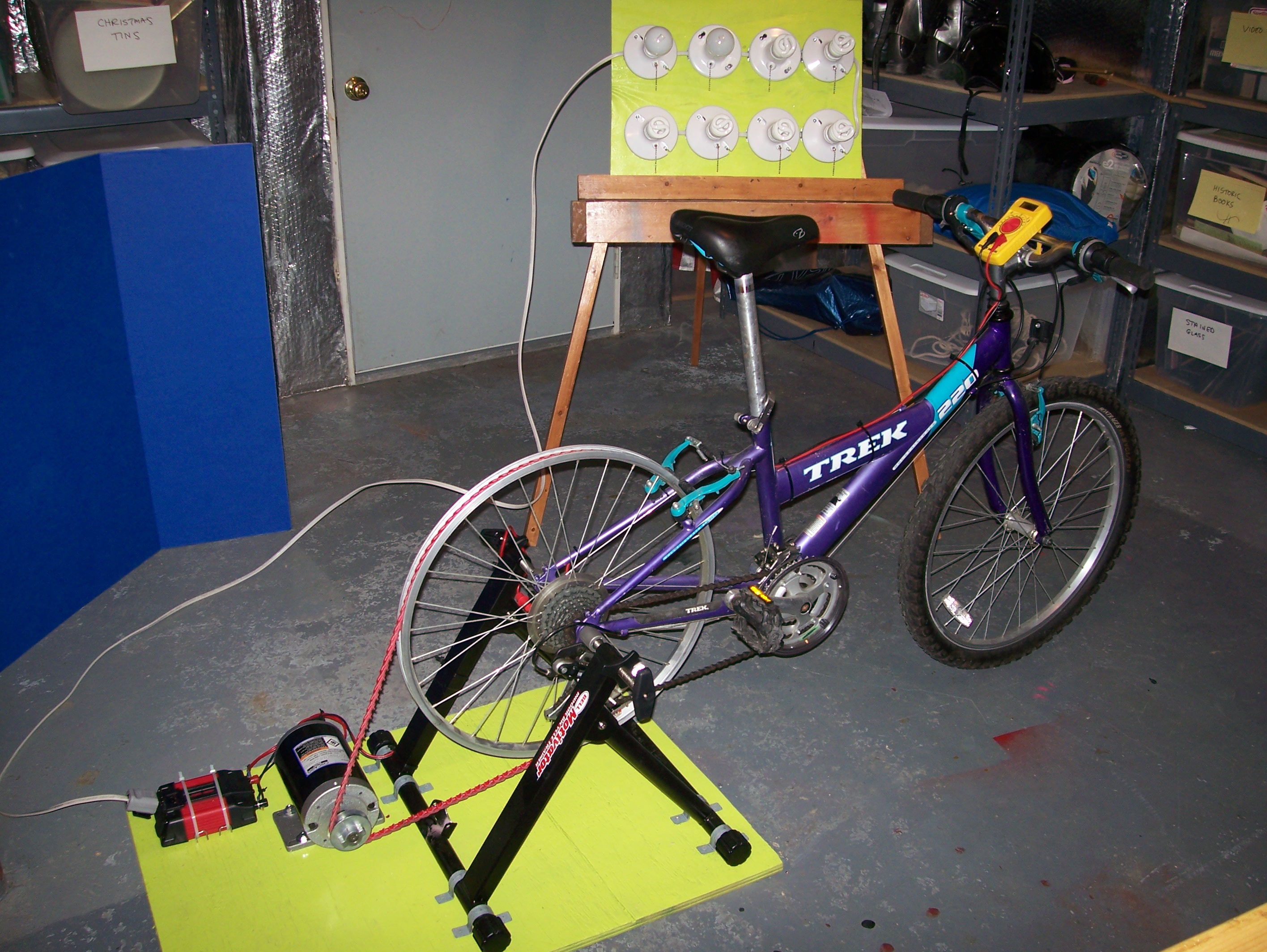
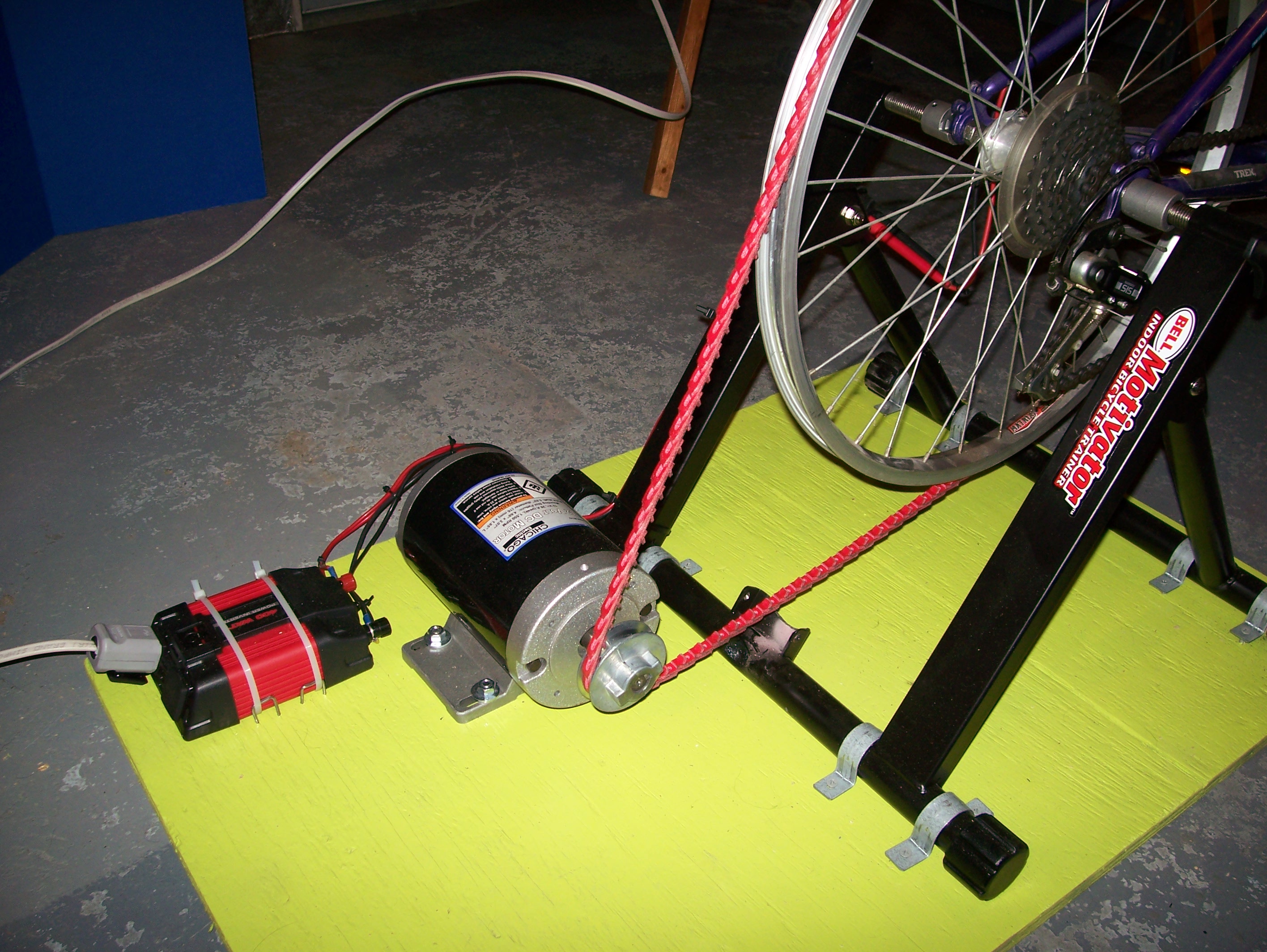
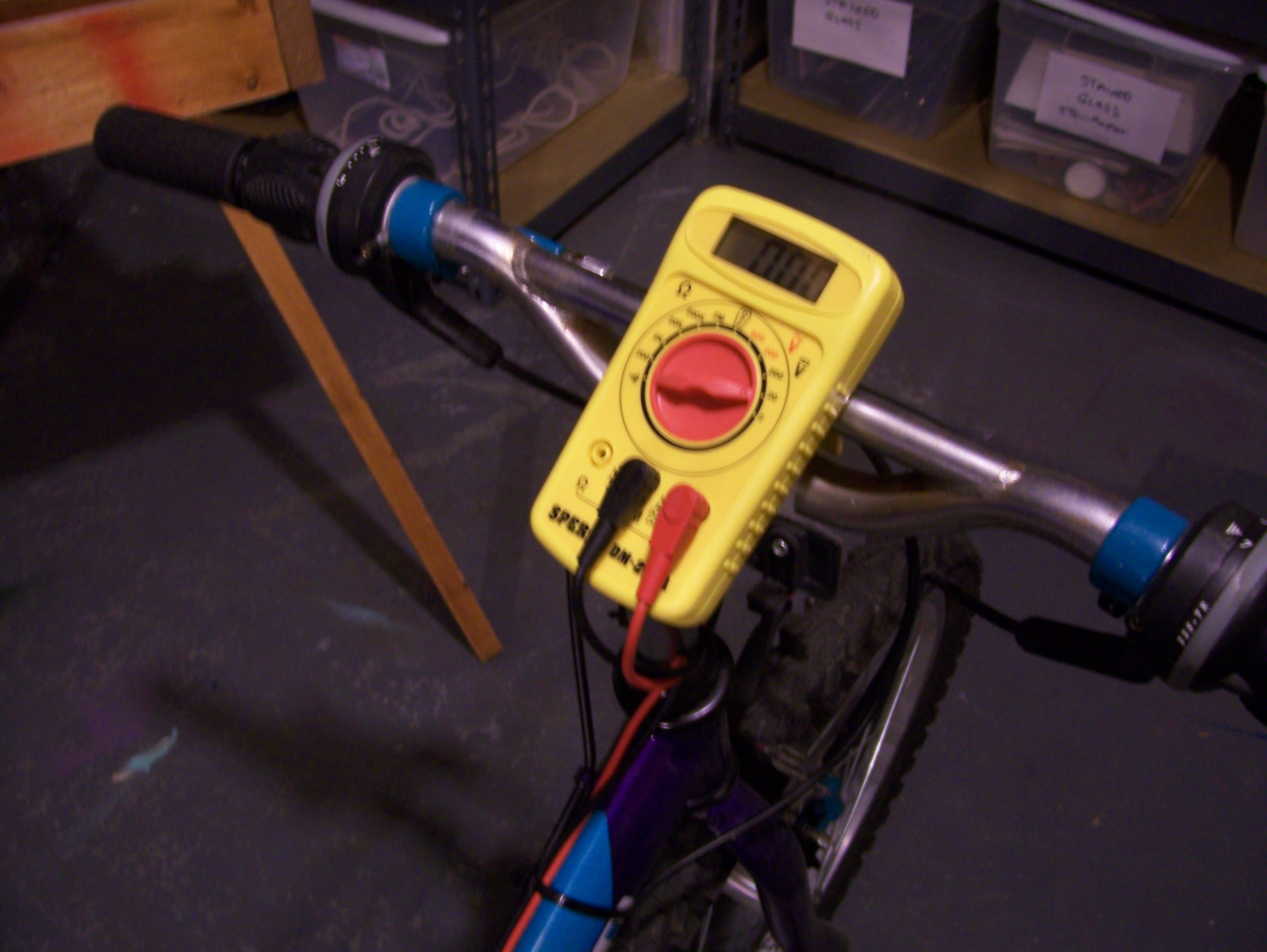
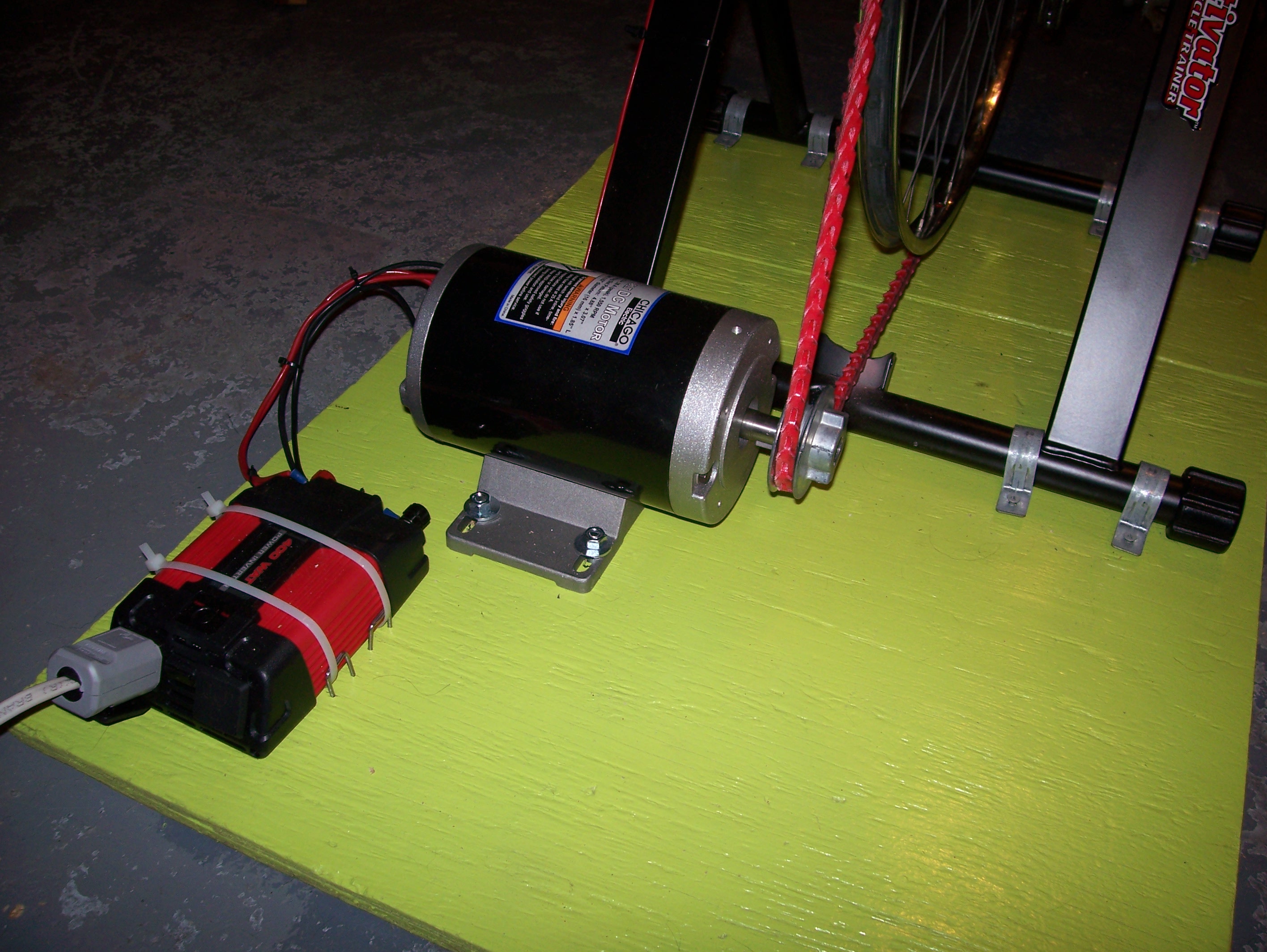
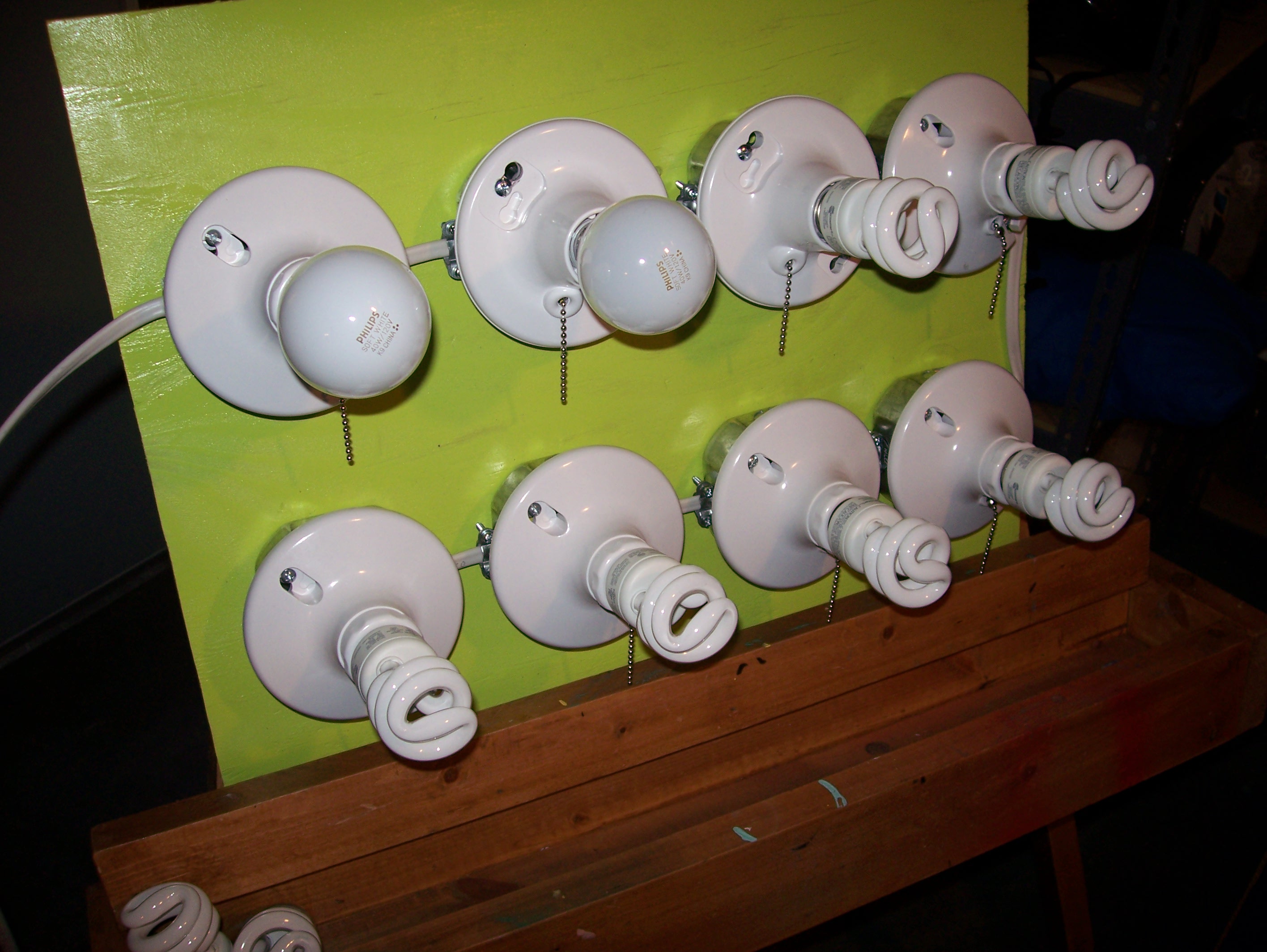
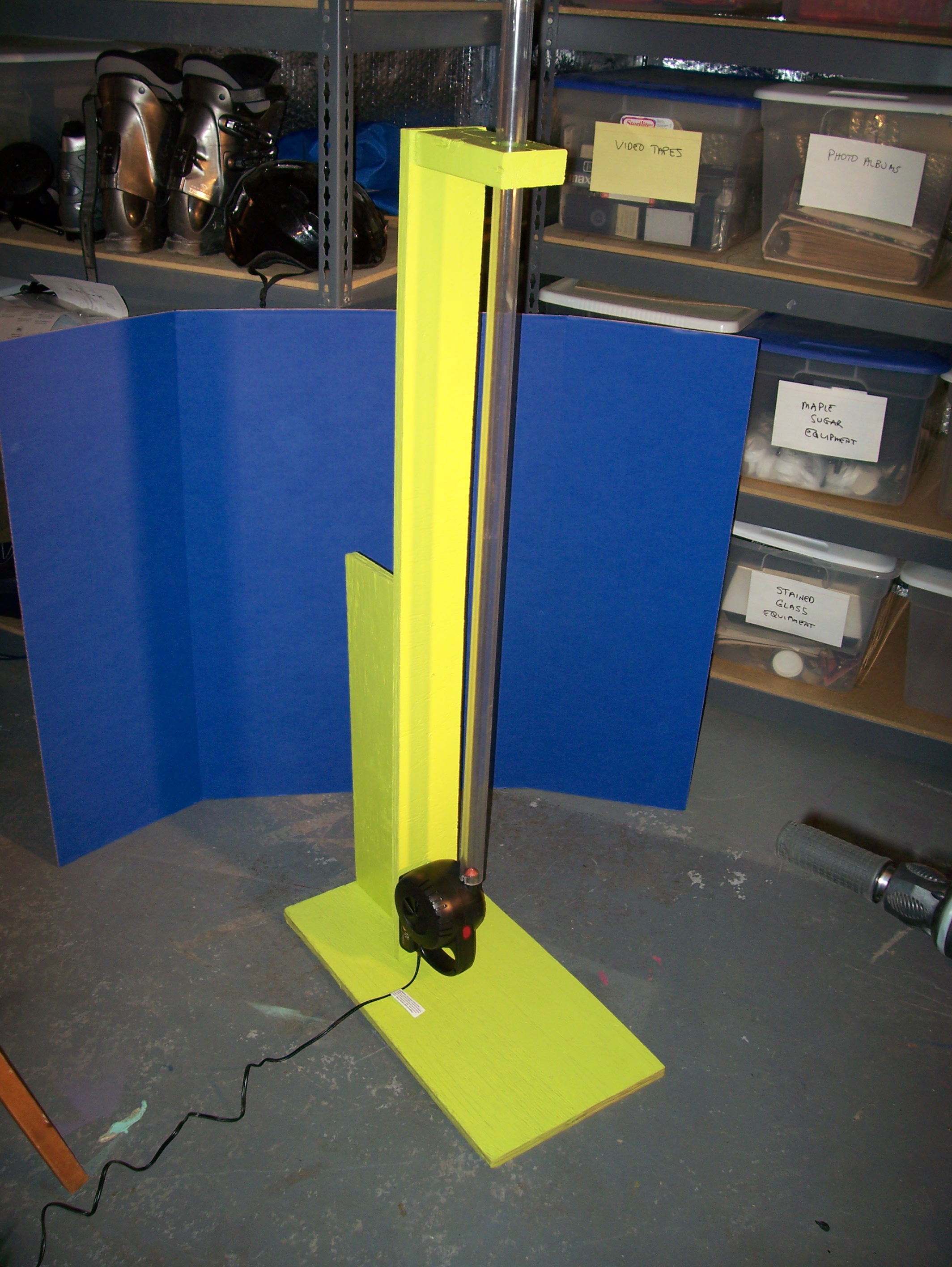
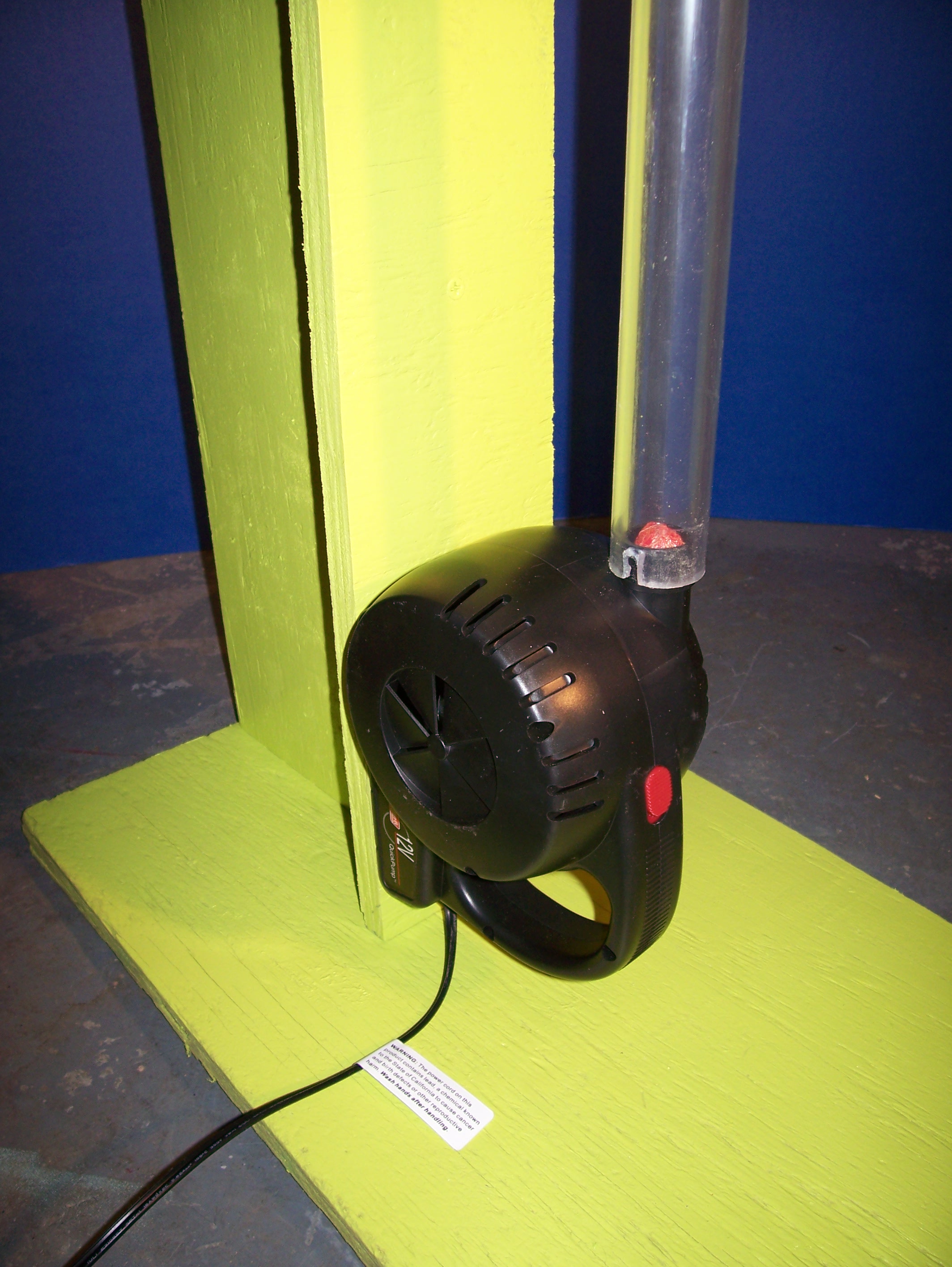
Overview
Carroll Hill School
in Troy NY. has a Morning Program where the kids learn about different topics of the
day. The month of April is focused on the Environment. We thought it would be interesting to discuss
energy and resource conservation. A active demonstration would help explore the issues.
The majority of energy in the United States is derived from fossil fuels.
According to the
US Department of Energy
it was estimated that 37% of the nation's energy came from petroleum, 22% from coal, and 24% from natural gas. Nuclear power supplied 8% and renewable energy supplied 7%, which was mainly from hydroelectric dams although other renewables are included such as wind power, geothermal and solar energy.
There are
many simple things
you can do to reduce your family's energy usage:
-
Turn your water heater thermostat down to 120F
-
Buy energy-efficient compact fluorescent bulbs for your most-used lights
-
Use programmable thermostats to reduce heat to 55F at night
-
Use less hot water by installing low-flow shower heads
-
Whenever possible, walk, bike, car pool, or use mass transit
We decided
to build a pedal power generator that the kids could use to compare standard incandescent light bulbs and
more energy efficient compact fluorescent light bulbs (CFL). It would provide active exercise and hands on
experience with how much effort it takes to generate electricity.
According to
energystar.gov
If every American home replaced just one light with an ENERGY STAR light, we would save enough energy to light more than 3 million homes for a year, about $700 million in annual energy costs, and prevent 9 billion pounds of greenhouse gas emissions per year, equivalent to the emissions of about 800,000 cars.
An ENERGY STAR qualified compact fluorescent light bulb will save about $30 over its lifetime and pay for itself in about 6 months. It uses 75 percent less energy and lasts about 10 times longer than an incandescent bulb.
Different Types of Lightbulbs
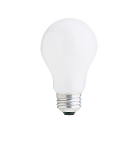
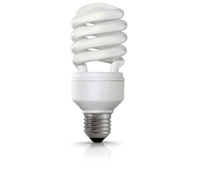
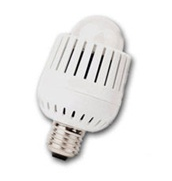
-
incandescent (eg.
100 watt, 1560 lumens, 1500 hours, $0.50
)
pros: dimable, low-cost
cons: high power, short life
-
compact fluorescent (eg.
23 watt, 1600 lumens, 10,000 hours, $2
)
pros: lower power, good life
cons: may contain low levels of mercury
-
LED (eg.
13 watt, 900 lumens,50,000 hours, $60
)
pros: shock/vibration, low power, long life
cons: high price
How to Compare Lightbulbs
There are several ways to compare bulbs:
-
Initial Price ($)
-
Brightness to human eye (
lumens)
-
Energy used (
watts)
-
lifespan (
MTBF hours)
| Incandescent (watt) |
Fluorescent (watt) |
LED (watt) |
Brightness (lumens) |
| 15 |
* |
4 |
90-160 |
| 25 |
4 |
6.8 |
210-281 |
| 40 |
9 |
6.8 |
300-550 |
| 60 |
13 |
13 |
765-900 |
| 75 |
19 |
* |
1200 |
| 100 |
23 |
* |
1600 |
| 125 |
30 |
* |
2100 |
| 300 |
68 |
* |
4200 |
* Not available
Beware of the "100 watt equivalent" labels on LED bulbs. Look at the number of lumens!
Demonstration
 Light Board Movie
Light Board Movie
 Floating Ball Movie
Floating Ball Movie
How it Works
Pedaling the bike spins the DC motor at around 2000rpm. The motor acts like a generator.
This particular motor outputs 5-16VDC depending how fast it spins. The DC voltage is connected to an inverter. This device
converts DC voltage between 10.5VDC and 14.5VDC into 110VAC. It "whistles" when you are below 12VDC and
cuts out when you exceed 14.5VDC. The 110VAC is connected to eight pull-chain light sockets.
The more lights that are turned on, the harder it is to pedal.
With this system we have two 40watt incandescent lights and six 9watt CFL light bulbs.
Usually you have to start with one light and turn the others on slowly. It is too hard for a person to pedal
consistently to turn them all on at once.
Building a Bike Generator
Parts Required

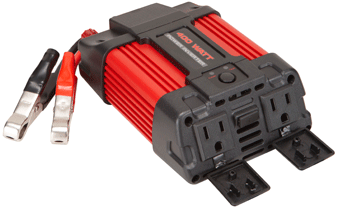
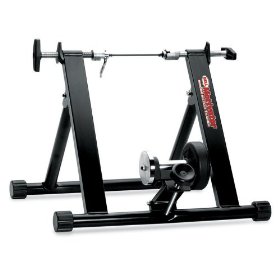


Building a Light Board
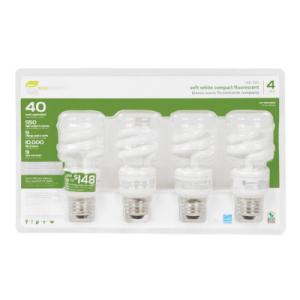
Parts Required
Building a DC Floating Ball Display

Parts Required



 Light Board Movie
Light Board Movie
 Floating Ball Movie
Floating Ball Movie






